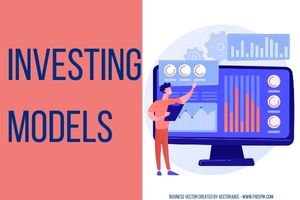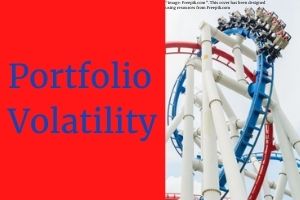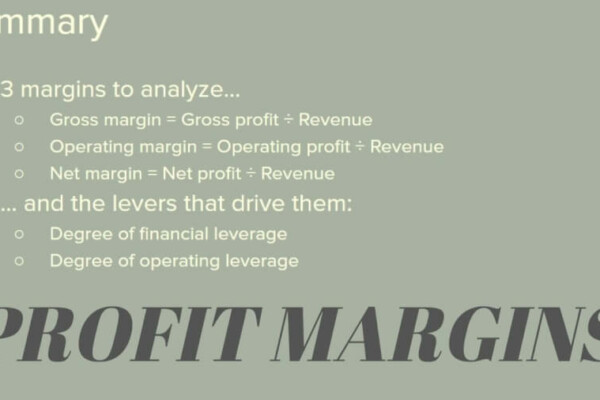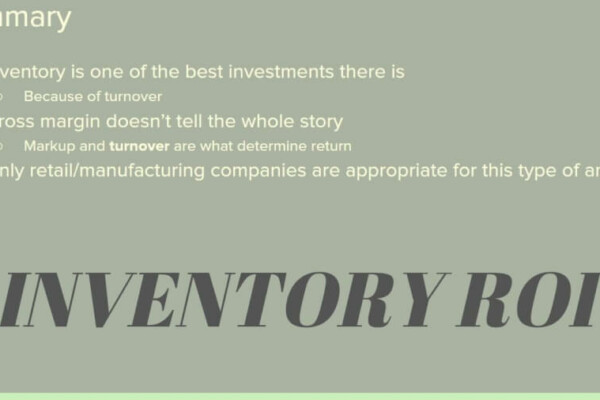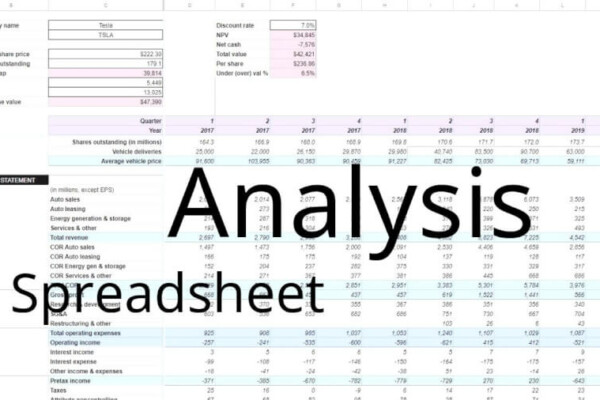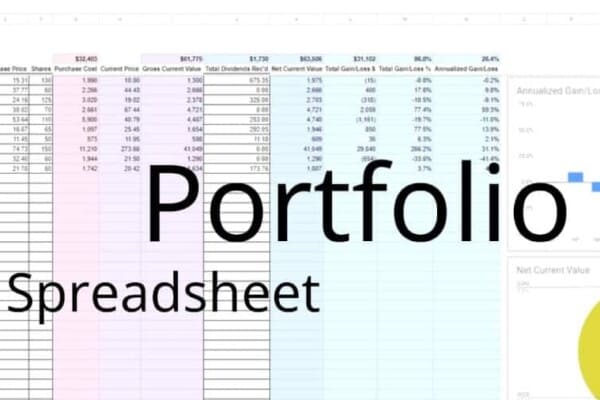You’re probably overwhelmed with the number of investment choices you have available. Having options is good, but the paradox of choice is a real problem.
This problem can be addressed, at least in part, by realizing that most of those options will be poor ones. Remember the Pareto principle – 80% of outputs come from 20% of inputs.
Do you have to do it all on your own? Is there anyone or anything you can use as inspiration for picking stocks and other investments?
What has served as inspiration for you in the past? Can you use that as a starting point?
Defining “investing model”
Investing models can take any number of forms.
They could come in book form. For instance, I’ve written many posts based on Philip Fisher’s book Common Stocks and Uncommon Profits. You could say that this book serves as a model for my investing philosophy. Other investing books certainly serve as inspiration for other investors. Warren Buffet has famously cited The Intelligent Investor as being influential.
Category: Common Stocks Uncommon Profits
An investing model might also offer more specific guidance. An example asset allocation, for example. A guide that suggests investing certain percentages in different industries or asset classes can serve as a model for your own portfolio.
For instance, something as simple as “the 100 rule” can serve as a model. The 100 rule means that you subtract your age from 100 and that’s the portion of your portfolio that should be invested in equities.
E.g. if you’re 30, 70% of your portfolio should be in stocks. If you’re 60, 40% of your portfolio, and so on…
Finally, an investing model can be a formula or calculation that helps you to make prudent decisions. A discounted cash flow (DCF) analysis, for instance. Or, a formula that helps you determine an appropriate expected return, given a certain amount of volatility.
What are models in investing?
In investing, models are a way to help you make decisions about what stocks to buy.
Examples include:
There are many kinds of models. One of the most well-known is the Capital Asset Pricing Model (CAPM). Technically speaking the CAPM calculates a required return based on the volatility of a stock. This assumes, of course, that volatility equals risk. For my part, risk can’t be measured without factoring in probability. Beta only considers severity.
Even if you feel that the CAPM is too academic or theoretical for your taste, it can be used to calculate a discount rate when analyzing stocks.
Detailed Stock Valuation Spreadsheet With Walk-through
There’s also a portfolio allocation model that helps you decide how much money should be allocated to stocks and fixed-income investments for diversification purposes. This model takes a somewhat narrow view of the available investment options. It tends to only consider stocks and bonds (or their mutual fund/ETF counterparts).
No consideration is given for real estate, private business, or crypto assets.
How To Make 3 Safe, Simple, (and Unusual?) Investments
The Arbitrage Pricing Theory (APT) is a multifactor model. It is similar to the CAPM. Except it takes other risk factors into account besides the expected return of the overall market.
Variables such as GDP growth, the price of gold, and inflation can also be taken into consideration if desired. In that sense, it is more comprehensive than the CAPM.
Below, is a good video on the CAPM and APT.
Why use investing models?
Investing models help to guide us in our investing decisions. They can also help us to have more realistic expectations about our portfolio’s performance. The phrase “standing on the shoulders of giants” means to take advantage of those who have learned lessons before us.
As touched on above, investing models have certain benefits. For starters, they can help you ensure that you’re invested in assets that you’re comfortable with. The reassurance that someone you respect has the same exposure as you can be comforting. Though, many fortunes are made by “going it alone,” it’s human nature to enjoy the reassurance that comes with knowing someone else is in the same boat as you.
Diversification for its own sake is nothing special. However, unless you can pick the absolute best-performing assets consistently, modeling a little diversification might help you.
Never Pick Stocks?! Pros, Cons, & Alternatives
An investing model isn’t an invitation to relieve yourself of all responsibility, however. It’s still up to you to qualify the model’s recommendations.
How to find an investing model that works for you
It can be difficult to find the right investing model for you. But, it’s important to take your time and figure out what suits you best. A few extra basis points of return aren’t worth a mountain of mental anguish.
Your personality type will influence which investment style works best. For example: do you prefer a hands-on approach or more of a passive strategy? Do you want quick returns on your investments or long-term growth? These questions will help narrow down which type of investment is right for you.

